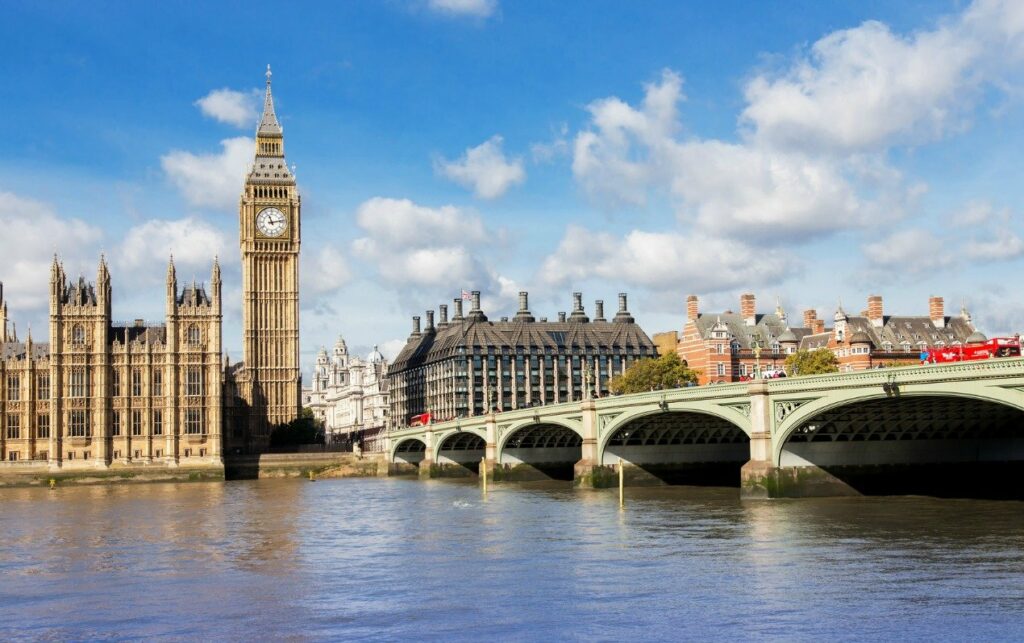If you want more proof of climate change look out your window. Anything will do. Including a hail storm in Guadalajara, Mexico. “A freak hail storm on Sunday struck Guadalajara, one of Mexico's most populous cities, shocking residents and trapping vehicles in a deluge of ice pellets up to two meters (yards) deep. ‘I've never seen such scenes in Guadalajara,’ said the state governor, Enrique Alfaro. ‘Then we ask ourselves if climate change is real.’” Well, why not? If heat in Europe is proof of you-know-what, why not ice in Guadalajara? But, while the governor spoke of “never-before-seen natural phenomenons”, hail in Mexico in summer is actually familiar not unprecedented, it wasn’t two metres deep this time and following the storm it was 81˚F, not exactly scorching for Mexico in late June.
Of course people waved the event about as an “I told you so” even when the news story in question didn’t mention climate change. NBC MACH again hedged its bets, running a story saying “Some immediately pointed the finger at climate change. “Hail more than a meter high, and then we wonder if climate change exists,” tweeted Enrique Alfaro Ramírez, governor of Jalisco, the state in southwestern Mexico where Guadalajara is. But scientists aren’t so sure of the link.”
That “aren’t so sure” is an example of saying something while pretending not to. Obviously the implication is that they’re pretty certain it is, but haven’t yet found the smoking chimney. And indeed the story went on that “Julian Brimelow, a scientist with Canada’s Department of the Environment and Climate Change in Edmonton… agreed that it was hard to conclusively pin the Guadalajara hailstorm on climate change. But he said some recent research, including his own, suggests that warmer temperatures could affect the size of hailstones, with large stones becoming more common.” Could, might, maybe… or not.
In fact hail is not unusual in warm weather in Mexico for reasons that are quite well understood. And there weren’t five or six feet of the stuff; as Daniel Swain of UCLA pointed out to Marshall Shepherd of Forbes, the images of cars piled atop one another makes clear that flash floods, exacerbated by typical poor urban water management, had heaped up the ice as well.
In short, just more weather.


